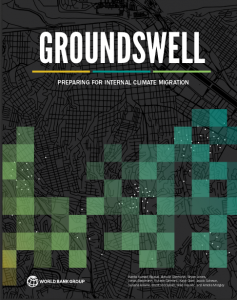Radio Dreyeckland | 11.04.2018
Sendezeit: Mittwoch, 11. April 2018 – 20:00
200 Millionen Klimaflüchtlinge seien bis 2050 zu erwarten, kündigte die Internationale Organisation für Migration (IOM) im Jahr 2009 an. Medien nehmen solche Schlagzeilen dankbar auf und erzeugen nebenbei Ängste, Stigmatisierungen und Vorurteile.
Mit ihrer Berichterstattung über Klimawandel und Migration setzen Medien die Eckpfeiler unseres Wissens zu diesem Thema. Aber wie schaut dieses Wissen genau aus? Welches Bild erhalten wir von den angekündigten „Klimaflüchtlingen“? Und geht es dabei wirklich um die Betroffenen oder vielmehr um uns selbst?
Zur Klärung dieser Fragen führte Isabel eine Medienanalyse (Diskursanalyse) zum Begriff des Klimaflüchtlings durch. Die Ergebnisse hört ihr in diesem Podcast.

